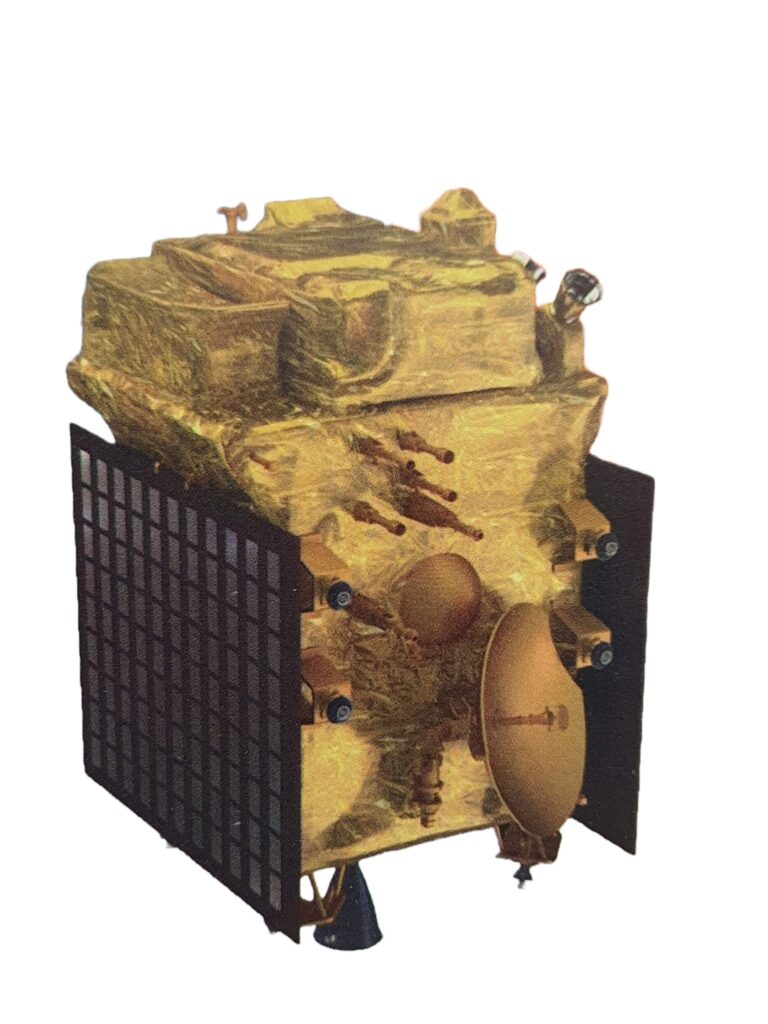As the countthedown begins for the Aditya-L1 mission, India’s much-anticipated solar exploration endeavor, we delve into the significance and scientific goals of this mission set to unravel the hidden phenomena of Earth’s climate influenced by solar activities.
Launch Date: 2nd September 2023 at 11:50 AM
Aditya-L1: A Solar Observer

The Aditya-L1 spacecraft is about to set out on a historic trip. Aditya-L1 will place itself at L1, the Sun-Earth Lagrangian point, roughly 1.5 million kilometers from Earth. It is designed to conduct remote studies of the solar corona and in-situ observations of the solar wind.
First solar mission
As India’s first specifically designed space mission for solar studies, this mission represents an important historical turning point for the Bengaluru-based Indian Space Research Organisation (ISRO). But what specific scientific objectives are behind this mission?
The chromosphere and corona
The chromosphere and corona, which make up the solar upper atmosphere, are the focus of Aditya-L1’s investigation. It seeks to learn more about the mechanisms underlying chromospheric and coronal heating, as well as the beginnings of flares and coronal mass ejections.
Solar Particle Dynamics Insights
In order to advance our knowledge of solar particle dynamics and space weather, the spacecraft will explore the solar particle and plasma environments.
Exploring the Secrets of the Solar Corona
To understand the physics underlying the solar corona and its heating mechanism is one of the main goals. Aditya-L1 will perform diagnostics on the density, velocity, and temperature of the plasma in the corona and coronal loops.
Coronal Mass Ejection Research
The mission’s objective is to investigate the genesis, dynamics, and origin of coronal mass ejections (CMEs), important solar phenomena with wide-ranging effects.
Magnetic Field Mapping
Aditya-L1 will help in understanding the factors influencing space weather, including as the origin, makeup, and dynamics of the solar wind, by mapping the magnetic field topology and measurements in the solar corona.
ESA Assistance
The European Space Agency (ESA) is helping ISRO with crucial flight dynamics software validation and supporting Aditya-L1 by offering deep space communication services.
Estimated budget
With a budget of about 400 Crore (about $50 million), this ambitious project highlights the value India places on increasing our knowledge of the Sun and its impact on our planet’s climate.
Aditya-L1 will launch in a short while on its mission to uncover the mysterious secrets of our nearest star, opening the door for revolutionary advancements in solar science and space weather forecasting. Follow updates on this amazing expedition as it explores the cosmos to uncover the climate-changing processes that the Sun is responsible for on Earth.

